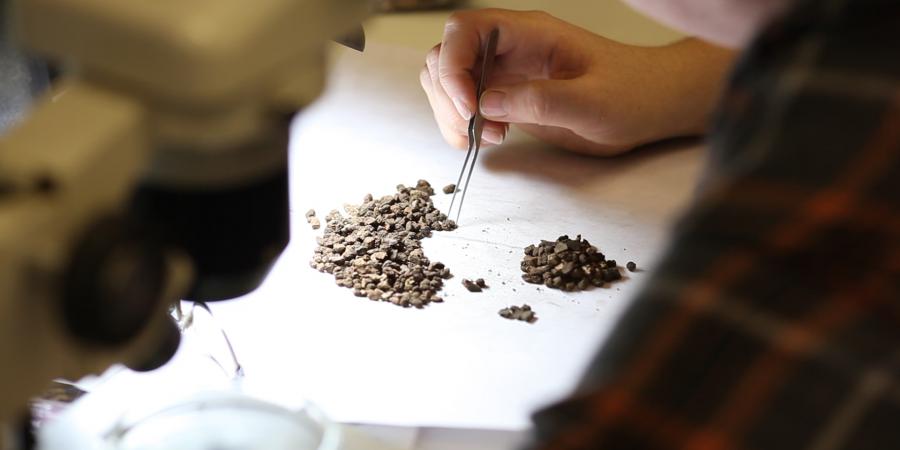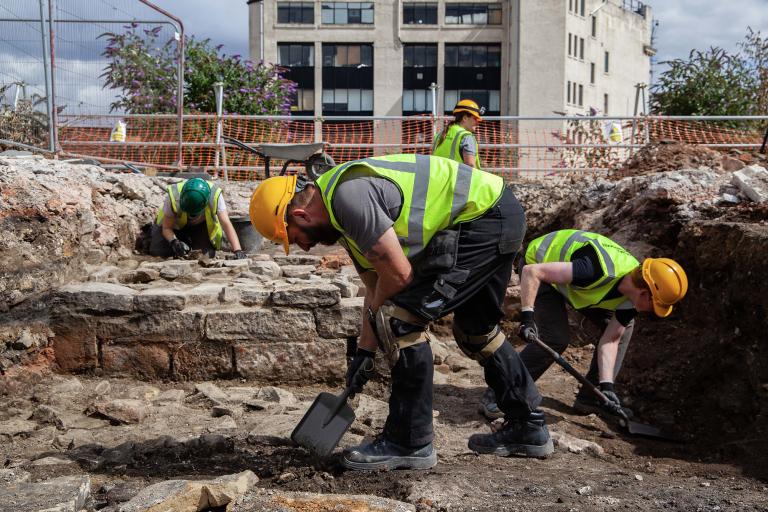Hector the Collector
Collected bits of string,
Collected dolls with broken heads
And rusty bells that would not ring.
…
Hector the Collector
Loved these things with all his soul -
Loved them more than shining diamonds
Loved them more than glistenin’ gold.
Hector called to all the people,
“Come and share my treasure trunk!”
Shel Silverstein – ‘Hector the Collector’ in A Light in the Attic, pp. 46-47 (1981)
This week saw our first Finds Processing Volunteers come to help with the finds from Sheffield Castle. So far, they have processed bags of pottery fragments, metal objects, clay pipe and animal bone. When all is done, the material will go to our specialists who will help us piece Sheffield Castle’s puzzle together.
We are already one third into our project time and while the on-site team is painstakingly cleaning and recording the 19th century remains of Sheffield steel, animal processing and food industry here is what happens with the finds and soil samples from the excavation.
Clearly labelled finds bags and buckets with bulk soil samples come to Jess Irwin (Finds and Archive Project Officer), Liz Chambers (Environmental Project Officer) and their teams. The finds and the samples get processed: logged into our system, assessed for any special treatment, cleaned, dried, counted, weighed, labelled and, in the case of soil samples, sieved and sorted. The tasks are not for the impatient or for those with bad handwriting (that’s why I keep away) and, although sometimes overlooked and slightly forgotten, they are an important part of the archaeological investigation and preservation by record of any site.
For Jess, ‘It’s terribly exciting to see the amazing variety of finds come back from the different fieldwork projects which Wessex are involved with. I’ve been eagerly awaiting the Sheffield Castle finds in particular’.
Specialist examination, analysis, reporting, reconstruction, conservation, publication… follow the initial processing.
Liz says: ‘Environmental archaeology is one of the parts of archaeology and incorporates everything from washing soil to interpreting environmental remains (charcoal, seeds, grains and molluscs) to providing dates for features. It not only bolsters the information gained through excavation and finds retrieval, it can sometimes be the only helpful data we have’.
Cheerio till next week.

